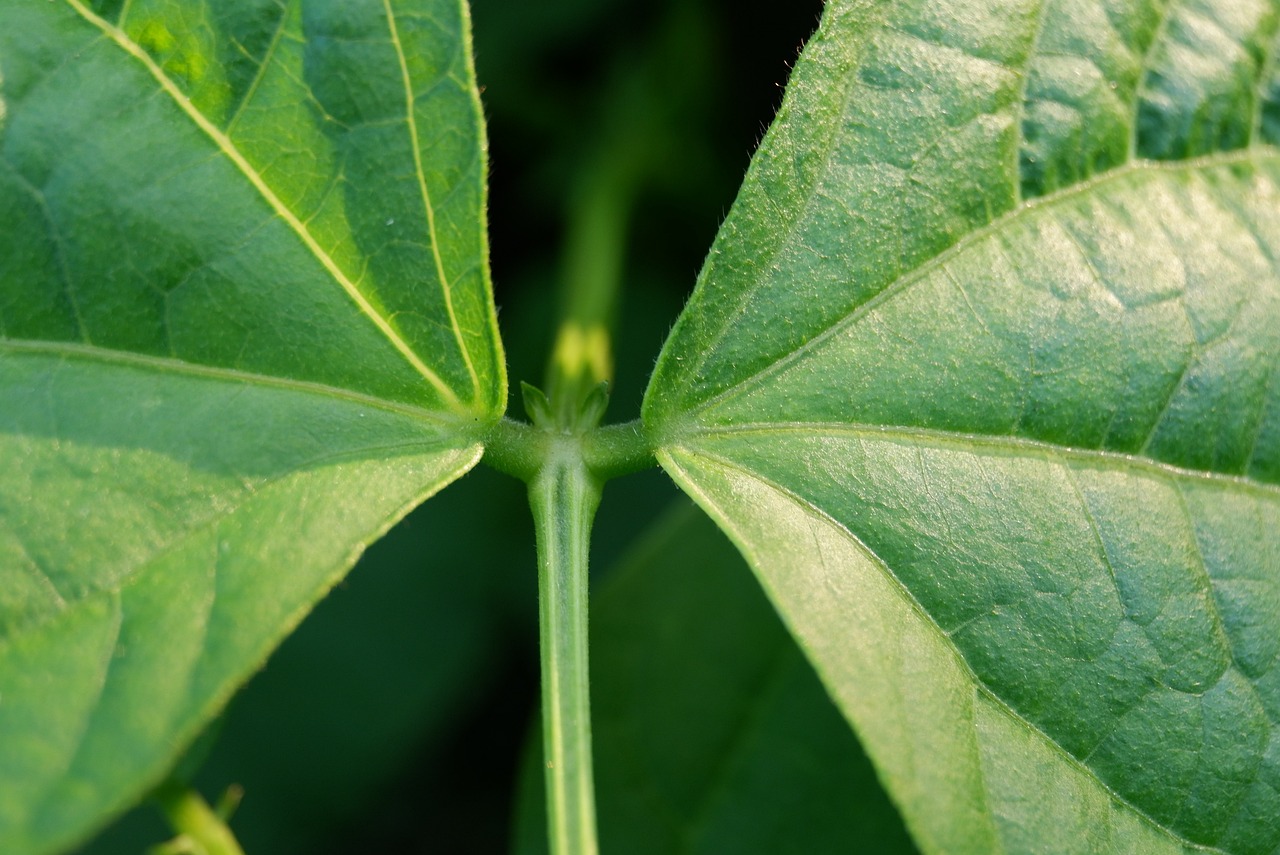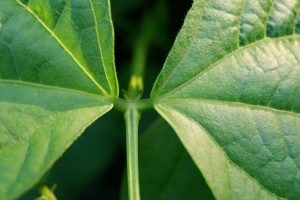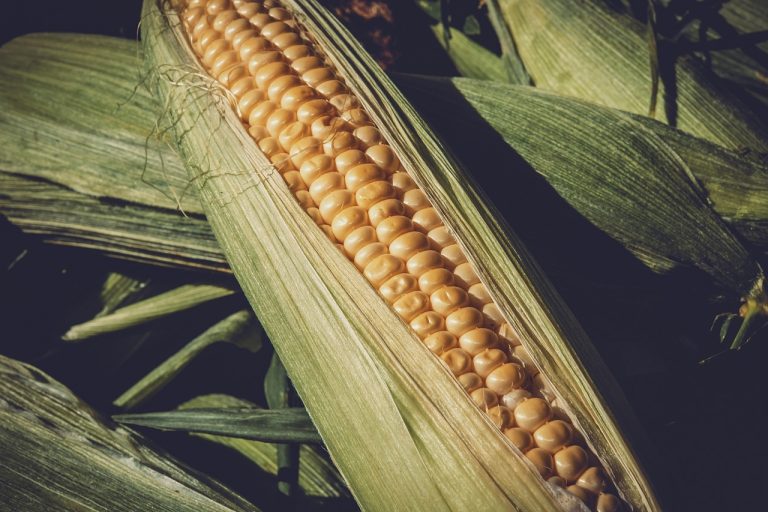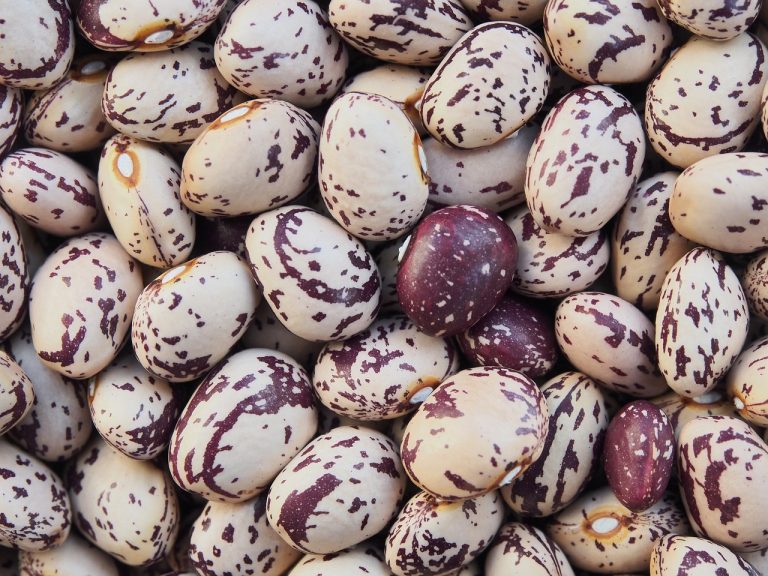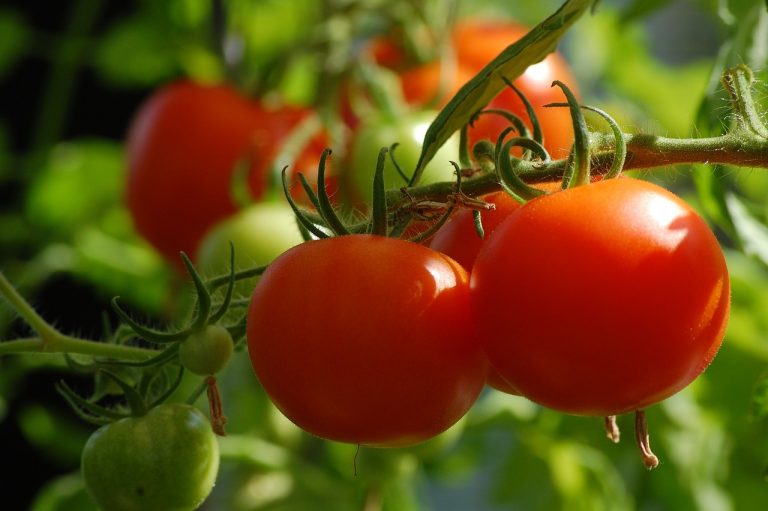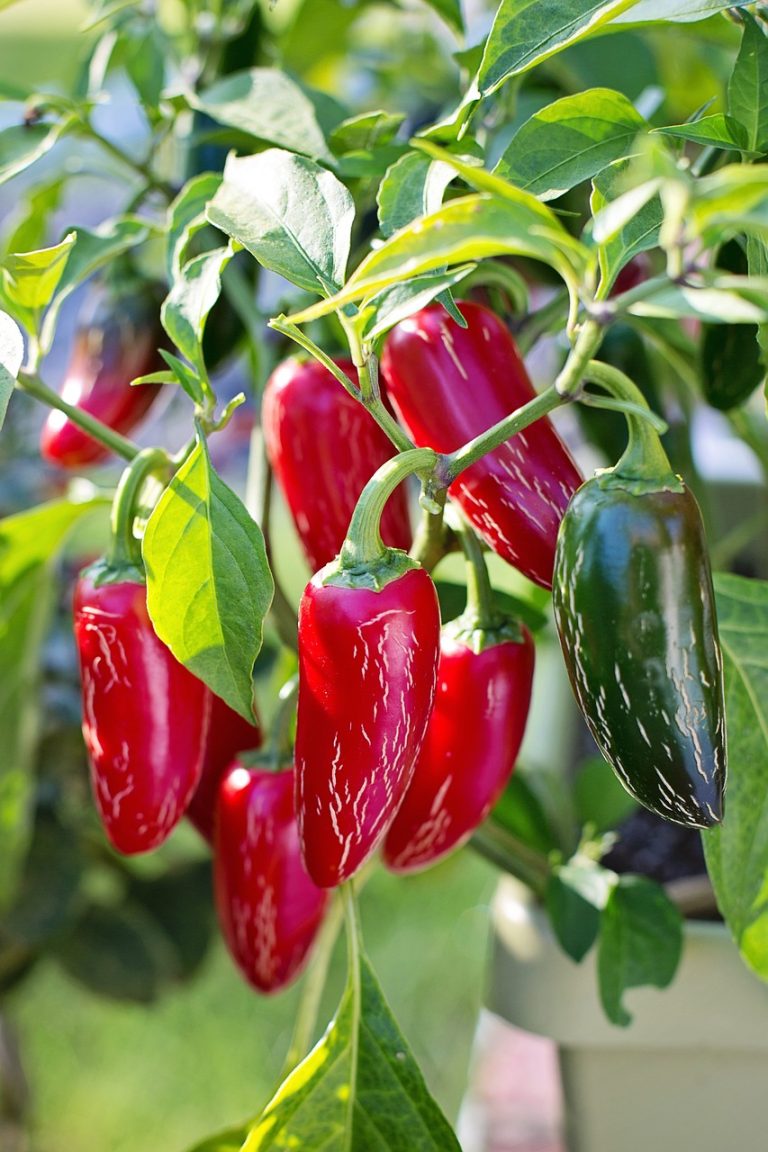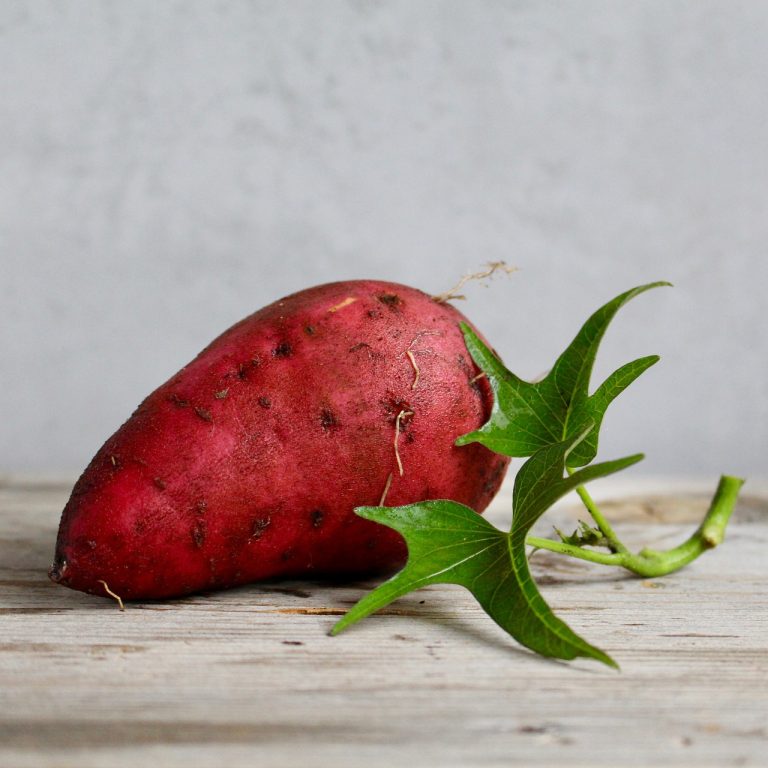BROAD BEAN LEAF CURL
Broad bean leaf curl, also known as bean leaf roll, is a physiological disorder affecting broad bean plants (Vicia faba). Characterized by the curling of leaves, this condition can significantly impact the health and yield of broad bean crops. Farmers and gardeners often encounter this issue, prompting the need for a deeper understanding of its causes, symptoms, and management strategies.
HOW TO FIX BROAD BEAN LEAF CURL?
Broad bean leaf curl, a common issue among gardeners, stems from various factors like environmental stress, viral infections, or nutrient deficiencies. To fix it, start with proper watering, ensure adequate sunlight, and monitor soil nutrients.
Additionally, consider using disease-resistant bean varieties and implementing pest control measures. Timely removal of infected leaves and practicing good garden hygiene can also prevent the spread. With these strategies, you can effectively address broad bean leaf curl and promote healthier bean plants in your garden.
CAUSES AND CONTRIBUTING FACTORS
Broad bean leaf curl can arise from various factors, both environmental and genetic. Environmental stressors such as temperature fluctuations, moisture levels, and nutrient imbalances play a significant role in the development of leaf curl. Additionally, viral infections, particularly bean yellow mosaic virus (BYMV) and bean leaf roll virus (BLRV), can induce symptoms of leaf curl in affected plants.
Genetic predispositions within certain broad bean cultivars may also make them more susceptible to leaf curl under unfavorable conditions.
SYMPTOMS AND IDENTIFICATION
Identification of broad bean leaf curl primarily revolves around observing the characteristic symptoms exhibited by affected plants. Initially, leaves may show signs of upward curling along the edges, followed by the development of a thickened texture and a leathery appearance.
As the condition progresses, leaves may become distorted and exhibit a crinkled or puckered surface. In severe cases, leaf curling may lead to stunted growth and diminished yield potential in broad bean plants.
IMPACT ON CROP YIELD
The impact of broad bean leaf curl on crop yield can be substantial, affecting both quantity and quality of harvests. Leaves experiencing curling and distortion may hinder photosynthetic efficiency, leading to reduced biomass production and ultimately diminishing the overall yield of broad bean crops. Furthermore, severe cases of leaf curl can compromise plant vigor and increase susceptibility to secondary infections, further exacerbating yield losses.
MANAGEMENT AND CONTROL STRATEGIES
Effective management of broad bean leaf curl involves a multi-faceted approach aimed at mitigating contributing factors and minimizing the spread of viral infections. Practices such as proper crop rotation, soil fertility management, and irrigation scheduling can help alleviate environmental stressors that contribute to leaf curl development.
Additionally, utilizing disease-resistant cultivars and employing strict sanitation measures to prevent viral spread are crucial components of integrated pest management strategies targeting leaf curl in broad bean crops.
Frequently Asked Questions (FAQ) about “Broad Bean Leaf Curl”
What causes broad bean leaf curl?
Broad bean leaf curl can be caused by various factors including environmental stressors, pests, diseases, and nutrient deficiencies.
How can I identify broad bean leaf curl?
Broad bean leaf curl is characterized by the upward curling or distortion of the leaves, often accompanied by discoloration, stunted growth, and abnormal leaf development.
What environmental factors contribute to broad bean leaf curl?
Environmental factors such as excessive heat, drought, strong winds, and poor soil conditions can contribute to broad bean leaf curl.
Are there any pests or diseases associated with broad bean leaf curl?
Yes, pests like aphids, whiteflies, and spider mites, as well as diseases like bean common mosaic virus and bean yellow mosaic virus, can cause broad bean leaf curl.
How can I prevent broad bean leaf curl?
To prevent broad bean leaf curl, ensure proper watering, provide adequate sunlight, maintain good soil health, monitor for pests and diseases, and practice crop rotation.
How can I treat broad bean leaf curl once it occurs?
Treatment methods may include removing infected plants, applying insecticidal soap or neem oil for pest control, using fungicides for disease management, and correcting nutrient deficiencies through fertilization.
Can broad bean leaf curl be caused by nutrient deficiencies?
Yes, deficiencies in nutrients such as nitrogen, potassium, phosphorus, magnesium, and iron can contribute to broad bean leaf curl.
Is broad bean leaf curl harmful to the plant?
Broad bean leaf curl can weaken the plant, reduce yield, and make it more susceptible to other stresses and diseases if not addressed promptly.
Can broad bean leaf curl affect nearby plants?
Yes, some pests and diseases associated with broad bean leaf curl can spread to nearby plants, especially other legumes.
Are there any resistant varieties of broad beans available?
Yes, there are some varieties of broad beans that exhibit resistance to certain pests and diseases, which may help reduce the likelihood of broad bean leaf curl.
CONCLUSION
Broad bean leaf curl represents a significant challenge for farmers and gardeners seeking to maintain healthy and productive broad bean crops. By understanding the causes, symptoms, and management strategies associated with this disorder, stakeholders can implement proactive measures to mitigate its impact and safeguard the sustainability of broad bean cultivation.
Through continued research and collaboration, advancements in disease-resistant cultivars and sustainable agricultural practices offer promise in addressing the challenges posed by broad bean leaf curl in the future.

